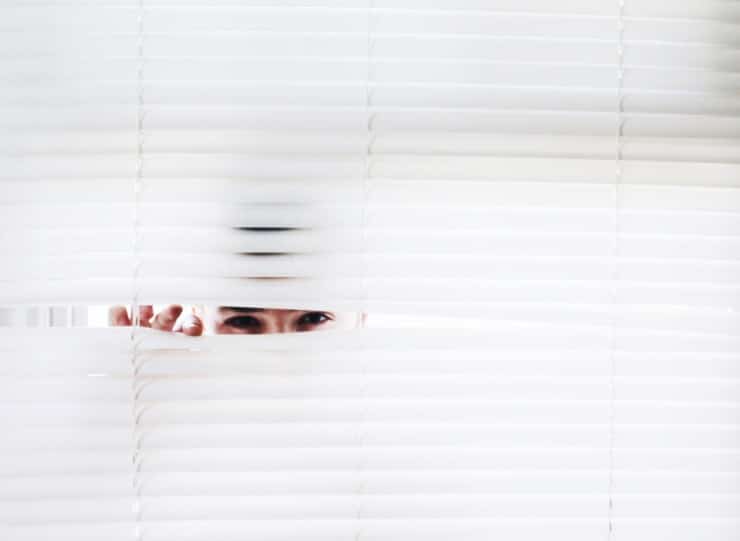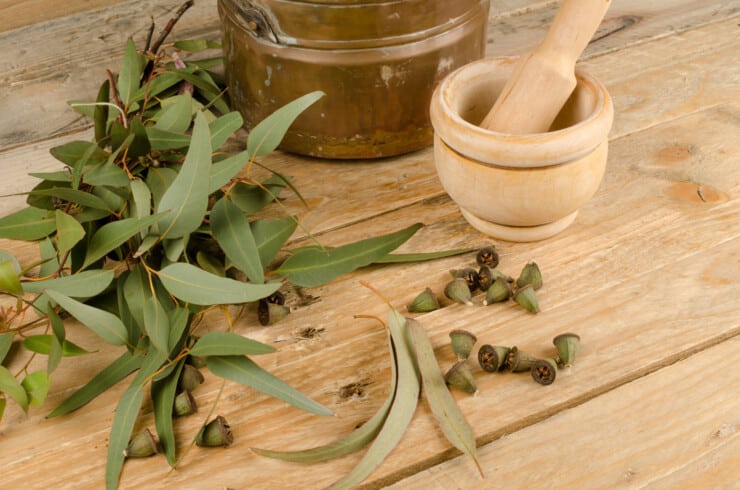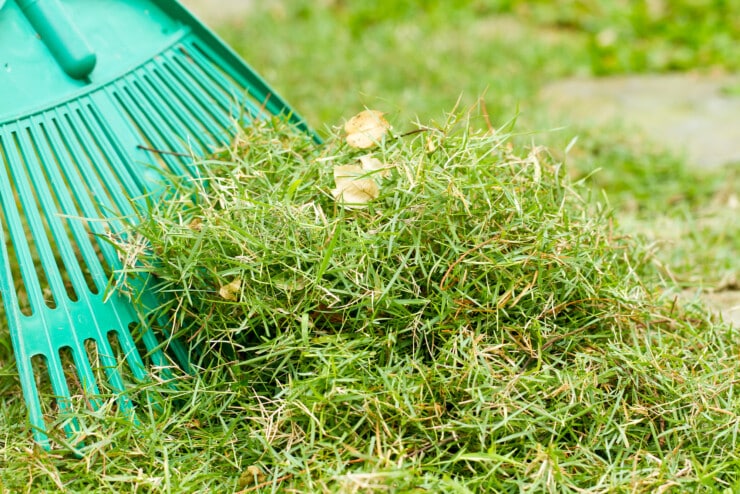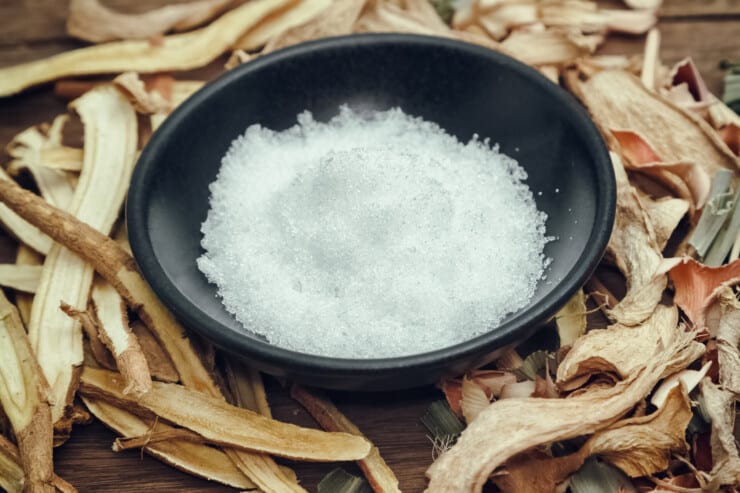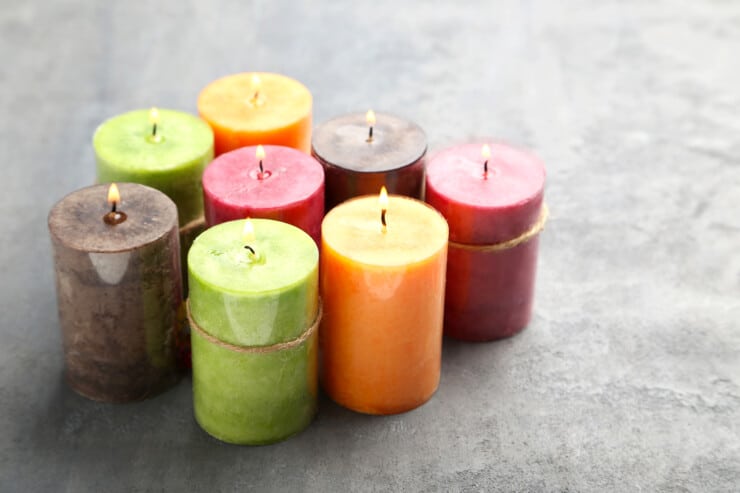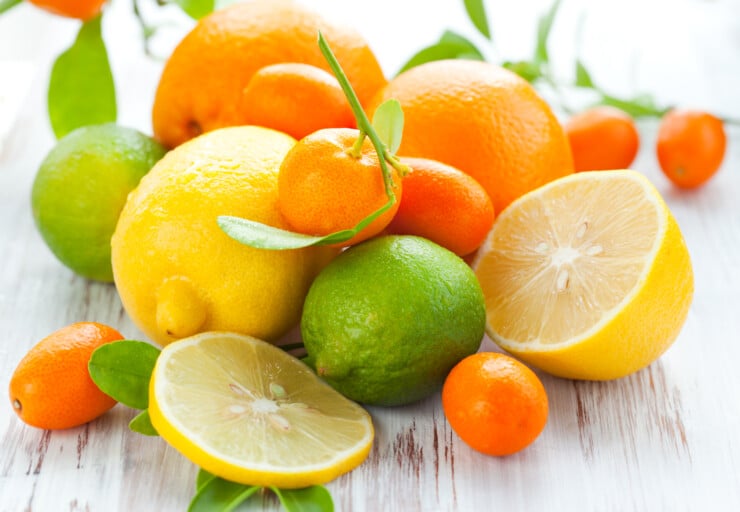Why is There a Strange Maple Syrup Smell in My House?
Waking up to the delightful and soothing scent of maple syrup filling your home is an unparalleled experience.
It conjures images of cozy mornings, fluffy pancakes, and warm memories shared around a family breakfast table.
But what if that scent starts lingering in your house even when there isn’t a drop of syrup in sight?
You can’t help but wonder why this peculiar smell has taken over, making you feel like you’re living inside a giant bottle of Aunt Jemima!
Fear not, dear reader!
In this article, we’ll delve into the mysterious world of phantom maple syrup aromas and uncover just what might be causing it to permeate your abode.
By the time you’ve finished devouring every word on this page, you’ll have gained valuable knowledge that will allow you to identify potential sources and take steps towards reclaiming your home from its sticky-sweet clutches.
So sit back, grab a cuppa joe (or maybe some decaf if it’s getting late), and get ready for an enlightening journey as we explore the curious case of unexpected maple syrup smells.
Investigating Common Household Sources
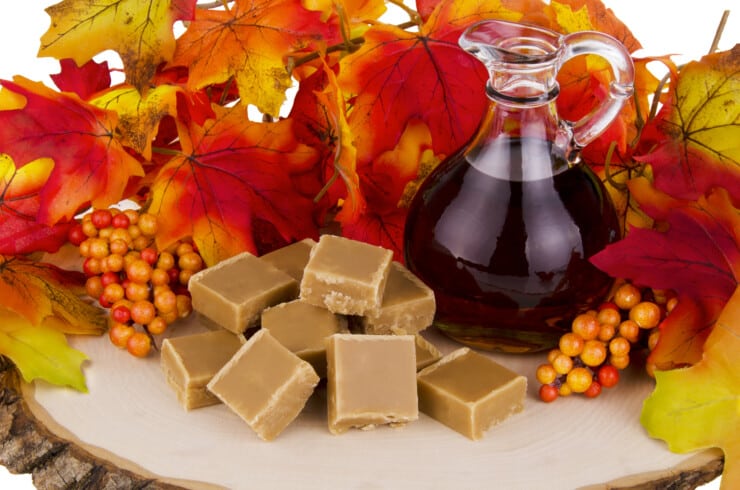
Have you ever walked into your home and been greeted by a strange maple syrup smell?
It’s not an uncommon occurrence, but it can be perplexing when there isn’t any obvious source of the aroma.
Before you start worrying about potential dangers or supernatural occurrences, let us explore some common household sources that could be responsible for this sweet scent.
One possible explanation for the mysterious maple syrup smell in your house is scented products.
Many cleaning supplies, candles, and even personal care items contain fragrances that mimic food smells to create a pleasant ambiance.
For instance, if someone recently used a scented candle with a maple-scented fragrance, it might still linger in the air for hours after being extinguished.
Similarly, air fresheners are designed to release their delightful aromas slowly over time; therefore, they can also contribute to unexpected wafts of sweetness throughout your living space.
Take note of these products around your home and consider whether one (or more) may be behind the enchanting scent.
Now that we’ve looked at some typical sources within our homes, let’s examine other possibilities outside our immediate environment.
Sometimes external factors such as neighboring houses or nearby factories producing sweet-smelling goods can emit potent odors picked up by our sensitive noses.
Additionally, seasonal changes often bring about unique smells tied to specific times of year – think pumpkin spice during autumn or refreshing citrus in summertime!
So keep an open mind and broaden your search beyond just what’s under your own roof as you strive to uncover the origin of this peculiar maple syrup smell gracing your abode.
Identifying Potential Environmental Factors
First and foremost, let’s explore the outdoor influences that might be responsible for the mysterious maple syrup smell in your home.
It is possible that a nearby tree or plant could be releasing an aroma similar to maple syrup as part of its natural process.
Additionally, if you live close to a sugar shack or any establishment where maple products are made, it might not be so surprising to occasionally catch whiffs of this sweet scent.
Next up, consider seasonal changes as another significant factor affecting indoor smells.
During certain times of the year, such as autumn when leaves fall from trees or springtime when flowers bloom abundantly, various fragrances can permeate through open windows and doors into our homes.
Moreover, increased humidity during warmer months may cause heightened sensitivity to odors—both pleasant and otherwise!
Keep track of whether these intriguing aromas coincide with specific seasons or weather conditions; this information will help pinpoint potential sources more accurately.
Lastly, don’t forget one crucial aspect: your own senses!
The power of perception plays a significant role in determining how we experience different scents around us.
Our brains are wired to associate particular smells with memories and emotions, meaning that what you’re picking up on may actually stem from something stored deep within your subconscious mind rather than an external source.
By staying attuned to environmental factors while maintaining awareness of personal associations tied to this unique fragrance, you’ll have all the tools necessary for identifying and potentially eliminating the mystery behind the strange maple syrup smell in your house.
Uncovering Hidden Mold And Bacterial Issues
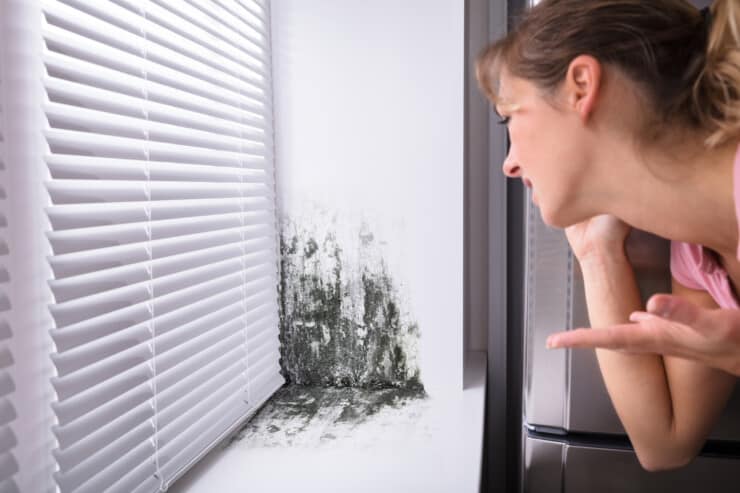
Now that we’ve explored potential environmental factors contributing to the strange maple syrup smell in your house, it’s time to dig a bit deeper.
Uncovering hidden mold and bacterial issues can be crucial for maintaining not only a pleasant home environment but also ensuring the health of everyone residing there.
One common source of mystery odors is mold growth, which might lead to mold allergies or other respiratory problems if left unresolved.
Mold often thrives in damp, poorly ventilated areas like bathrooms, basements, and crawl spaces.
It could be producing an unusual scent resembling maple syrup as it releases compounds called microbial volatile organic compounds (MVOCs).
These MVOCs are emitted by various species of molds during their metabolic processes and can affect indoor air quality.
Not all molds produce a noticeable odor; however, certain types do give off distinct smells that may vary from musky or earthy to sweet-like-maple-syrup scents.
To determine if you have any mold hiding out in your home, start by checking these susceptible locations for visual signs such as discoloration or fuzzy patches on surfaces.
On the other hand, some bacterial infections can cause persistent odors within living spaces too.
For example, bacteria thriving inside drainpipes release foul-smelling gases when they decompose waste materials.
These gases can travel back through plumbing systems and into your home, creating unpleasant odors similar to maple syrup mixed with sewage or rotten eggs.
Additionally, certain bacteria strains found on household surfaces or even pet fur can secrete chemicals leading to unexpected smells that permeate throughout your residence.
If you suspect a hidden bacterial issue might be at play here, consider hiring professionals who specialize in diagnosing and treating these kinds of contaminations.
Taking action against possible mold infestations or bacterial infections will help ensure cleaner indoor air quality while protecting the wellbeing of everyone who lives within your walls – including yourself!
By addressing these concerns promptly and thoroughly, you’ll be well on your way to mastering the art of maintaining a healthy, sweet-smelling home.
Examining HVAC And Plumbing Systems
As the saying goes, there’s no smoke without fire.
If you’re noticing a strange maple syrup smell in your house, it might be time to put on your detective hat and examine two potential culprits: your HVAC system and plumbing.
Don’t let this odor take over your home – gain mastery of the situation by learning how these systems could be responsible for the scent and what steps you can take to address them.
Firstly, consider regular HVAC maintenance as an essential part of keeping odors at bay.
An unmaintained system may lead to smells circulating throughout your home due to dirty filters or ducts.
To keep things running smoothly, remember the following key points:
- Change air filters regularly
- Check manufacturer recommendations for specific guidelines.
- A good rule of thumb is every three months.
- Schedule annual professional inspections
- This ensures that coils, motors, and other components are functioning properly.
Next up on our investigation list is plumbing odors.
The maple syrup-like aroma could potentially stem from bacteria buildup within drains or pipes where organic materials have accumulated over time.
Sulfur compounds produced by these bacteria release gases with a sweet odor that wafts through openings such as sink drains or toilet bowls.
To tackle plumbing-related issues head-on:
- Clean drain traps consistently
- Use hot water mixed with vinegar or baking soda to flush out debris.
- Consider purchasing enzyme-based cleaners designed specifically for breaking down organic matter.
- Inspect sewer vents
- Blocked vents prevent proper airflow which can cause unpleasant smells inside the house.
With both HVAC maintenance and plumbing odors addressed, rest assured that you’ll have taken significant strides toward eliminating any unwelcome scents from your living space.
Remember that knowledge truly is power when it comes to maintaining a comfortable environment in your home; stay vigilant in addressing potential issues before they become larger problems, ensuring optimal indoor conditions all year round.
Addressing the Issue and Preventative Measures
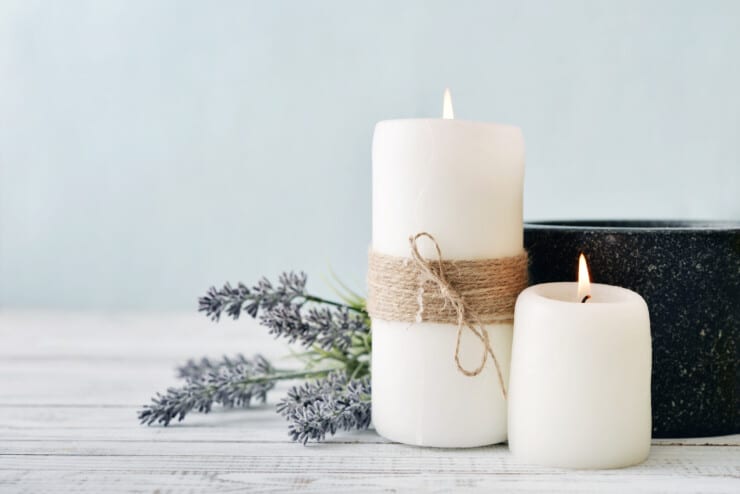
Now that we’ve taken a closer look at the HVAC and plumbing systems in your home, let’s dive into some possible solutions to address this mysterious maple syrup smell lingering around.
By implementing these measures, you’ll be well on your way to creating a fresh and pleasant environment for yourself and any guests who step foot inside.
One of the easiest ways to combat unpleasant odors is by using scented candles or air fresheners throughout your home.
Choose fragrances that appeal to you and complement the overall atmosphere of each room.
While it may not completely eliminate the source of the maple syrup smell, these products can help mask it temporarily as you work towards identifying its origin.
Remember though, simply covering up the odor doesn’t solve the underlying issue – stay diligent in searching for potential causes while enjoying more pleasant aromas from candles and air fresheners.
As you continue investigating potential sources of this strange scent, take note of any patterns or correlations between when the smell becomes stronger or weaker.
This information could prove invaluable in helping identify where exactly it’s coming from within your house.
Once you have successfully pinpointed the cause, take appropriate action based on what was discovered – whether that means servicing an appliance or seeking professional assistance for issues such as mold or other hidden problems.
With determination and attention to detail, you’ll soon master your living space and banish that unwanted maple syrup smell once and for all!
Frequently Asked Questions
Can certain foods or cooking methods cause a maple syrup smell in my house?
Absolutely! Certain foods and cooking methods can indeed cause a maple syrup smell in your house.
When you indulge in some delicious maple cooking or use syrup substitutes, the enticing aroma of these sweet ingredients tends to waft through your home, making it smell like a cozy breakfast haven.
Mastering different recipes that call for maple flavors not only adds variety to your culinary repertoire but also gives you the ability to create an inviting atmosphere with just a whiff of nature’s liquid gold.
So go ahead and experiment with those delectable dishes; who doesn’t want their home smelling like warm pancakes on a Sunday morning?
Are there any health risks associated with the strange maple syrup smell in my home?
As the mystery of your home’s peculiar maple syrup aroma continues to unfold, it’s natural to wonder about any potential health implications that might accompany this olfactory enigma.
While certain cooking methods or foods may be responsible for the smell origins, in most cases, these fragrances pose no significant risk to your well-being.
However, if you’re still uneasy about achieving mastery over this bewildering sensory experience, remain vigilant and investigate possible sources such as spills, hidden food items or even an unexpected guest with a penchant for pancakes.
Could a maple syrup smell indicate an infestation of pests or insects?
While a maple syrup smell in your home might not necessarily indicate an infestation of pests or insects, it’s essential to consider all possibilities.
Some sources of the sweet scent could be as simple and harmless as maple scented candles or hidden spills that you may have overlooked during cleaning.
However, certain pests are attracted to sugary substances, so it’s wise to investigate further and ensure there isn’t a more pressing issue at hand.
By being proactive and thorough in your search for the source, you’ll gain mastery over your living environment and maintain a delightful yet pest-free space.
How can I distinguish between a harmless maple syrup smell and a potentially dangerous one?
Distinguishing between a harmless maple syrup smell and one that spells potential doom can feel like trying to find a needle in a haystack.
However, fear not!
Identifying maple dangers is all about narrowing down syrup sources and being observant.
Pay attention to changes in the intensity or duration of the smell, as well as any accompanying issues such as dampness or visible mold growth.
Investigate possible culprits like spills, food products, or even scented candles before jumping to conclusions about more sinister sources.
By staying vigilant and keeping an eye out for other warning signs, you’ll become a master at differentiating between innocent wafts of sweetness and those that may require further action.
Are there any specific cleaning products or air fresheners that can help neutralize or eliminate the maple syrup smell in my house?
To neutralize or eliminate the maple syrup smell in your house, consider using a combination of cleaning products and air fresheners specifically designed to tackle persistent odors.
For instance, you might want to try swapping out any maple scented candles for unscented alternatives or even selecting ones with fresh, clean fragrances.
Additionally, incorporating odor absorbing plants into your home decor can be an effective way to purify the air naturally while also adding a touch of greenery.
With these simple changes, not only will you be able to conquer that stubborn scent but also create a more pleasant living environment for yourself and those around you.
Final Thoughts
It’s important to investigate the source of a maple syrup smell in your home as it could be due to cooking methods or even an infestation.
Although generally harmless, you should always remain vigilant for any potential health risks associated with such odors.
Interestingly, a study found that 1 in 2,500 individuals has Maple Syrup Urine Disease (MSUD), a metabolic disorder causing a maple syrup-like odor.
So next time you notice this peculiar scent lingering around your house, remember these possible causes and take necessary action if needed.


